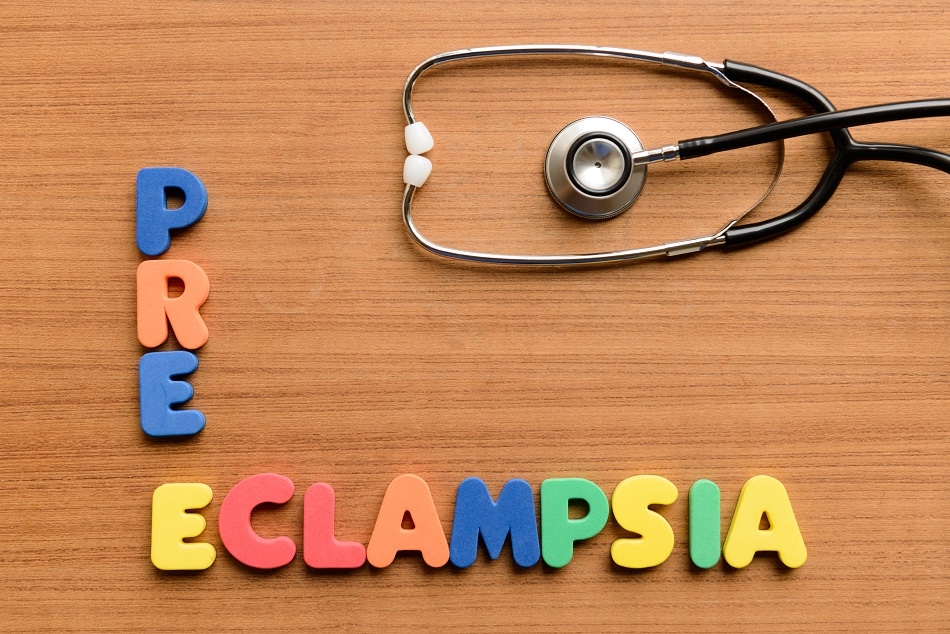
Image Credit: Sohel Parvez Haque/Shutterstock.com
The world’s largest private foundation supported research into pre-eclampsia has awarded Dr Marnie Winter, a biomedical engineer at the University of South Australia US$100,000 to investigate the condition that claims the lives of 76,000 women and 500,000 babies each year. The money will be used to fund research into investigating how cutting-edge nanotechnology could be used to tackle the devastating hypertensive disorder.
Pre-eclampsia: A Major Cause of Mother and Infant Mortality
The World Health Organization outlines that pre-eclampsia is a major cause of death among mothers and their babies, as well as a major factor leading to long-term disability. 10% of all maternal deaths in Africa and Asia are attributed to hypertensive disorders (pre-eclampsia, eclampsia, gestational hypertension, and chronic hypertension), and as many as a quarter of maternal deaths in Latin America.
Over 10 million women around the world each year are affected by pre-eclampsia, and those in regions of low socio-economic status are at increased risk. However, despite its prevalence, currently available treatments for pre-eclampsia only address the symptoms and not the cause. The only definitive treatment was thought to be to deliver the baby, however, recent evidence now shows that the condition can carry consequences well after giving birth.
Given the prevalence of the disorder along with the fact there is no current definitive treatment option that addresses the causes, it is obvious that there is an urgent need for the development of a new and effective treatment. This is what has motivated the team, led by Dr Winter, to explore the potential impact of developing cutting-edge nanotechnology to tackle the disorder.
Using Nanotechnology to Deliver a Targeted Therapy
Head of the UniSA Future Industries Institute Bioengineering group, Professor Benjamin Thierry, alongside Dr Winter and her team of researchers from the University of Adelaide and University of Toronto will be using the significant funding to investigate how nanotechnology methods can be developed to create nano-sized drug carriers to both treat and prevent pre-eclampsia in a way that poses no threat to the unborn baby.
Good cholesterol, also known as HDL, will be the target of the team’s research. They will attempt to devise a way to give HDL the capability of carrying molecular drugs to the placenta and blood vessels damaged by pre-eclampsia, resulting in targeted treatment.
To achieve this, the team will first address the issue that there is a lack of in vitro models that demonstrate how pre-eclampsia impacts the body. To do this, they will bioengineer advanced models of the placenta, to generate new, in-depth insights of how pre-eclampsia establishes and develops in the body, and its effects on the mother and child. With a deeper understanding of the disorder, the team is hopeful they will be able to engineer an effective treatment in a short time period.
The funding that is being provided by the Grand Challenges Explorations, an initiative of the Bill & Melinda Gates Foundation, will back a project that will last 18 months that will first seek to develop treatments that will be accessible to low-income, low-resource, remote regions, where the impact of pre-eclampsia is more pronounced. Regional Australia is one area that will be a target to provide accessible treatment. Something that is currently lacking, particularly in these global regions.
The result of the project will hopefully end with the establishment of a viable treatment and prevention option that will address one of the most common complications in pregnancy. An innovation in this area could have the impact of saving thousands of lives worldwide.
Disclaimer: The views expressed here are those of the author expressed in their private capacity and do not necessarily represent the views of AZoM.com Limited T/A AZoNetwork the owner and operator of this website. This disclaimer forms part of the Terms and conditions of use of this website.